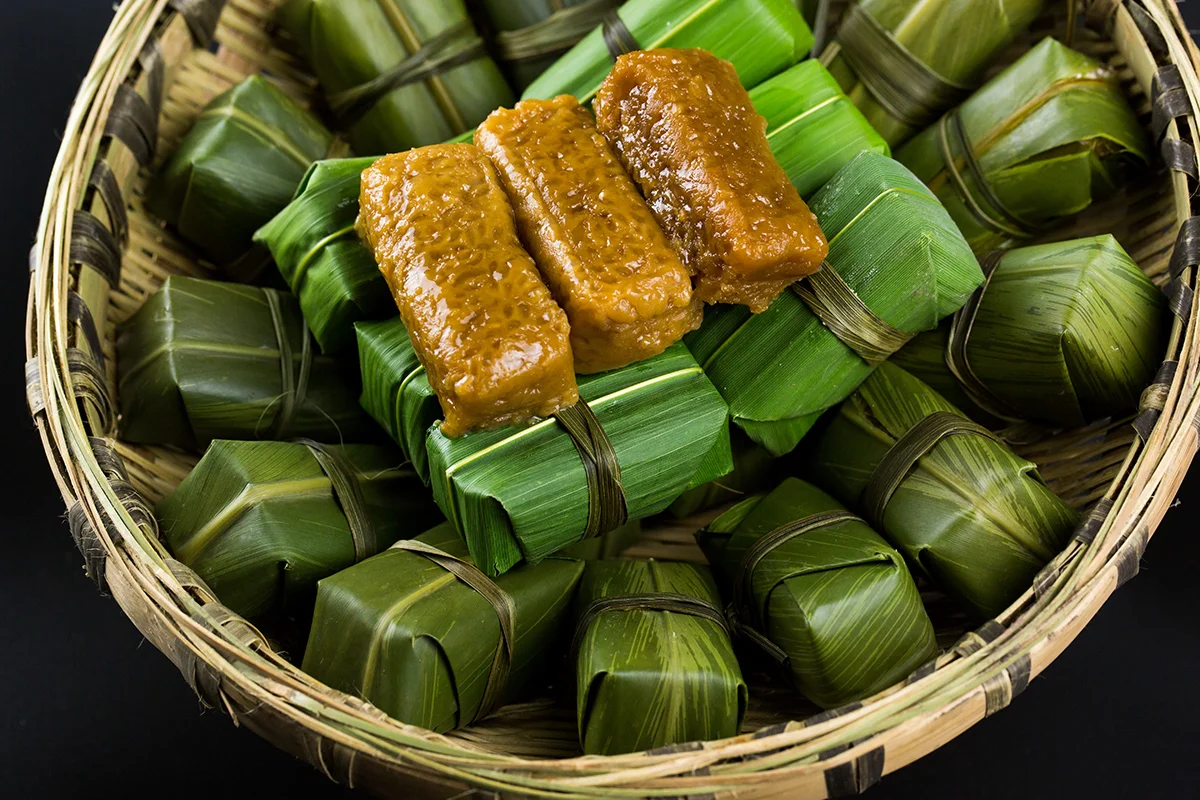A Culinary Journey Through Luzhou Huangba: A Traditional Sweet Rice Cake of Sichuan
介绍:
作为烹饪爱好者, I have always been fascinated by the rich tapestry of flavors and traditions that make up the diverse food culture of China. 今天, I would like to take you on a gastronomic adventure to the heart of Sichuan province, where the city of Luzhou is renowned for its unique and delectable sweet rice cake known as Luzhou Huangba. This dish is not just a dessert but a piece of living history, a testament to the culinary heritage of the region.
起源和文化背景:
Luzhou Huangba, 或者 “Luzhou Yellow Rice Cake,” has its roots deeply embedded in the fertile soil of Sichuan’s culture. The origins of this dish can be traced back to the Ming Dynasty, where it was a favorite among the locals for its sweet and sticky texture. 几个世纪以来, the art of making Huangba has been passed down through generations, and it has now been recognized as an Intangible Cultural Heritage of China. The dish is not only a symbol of Luzhou’s culinary prowess but also a reflection of the region’s agricultural abundance and the ingenuity of its people.
成分和准备:
The making of Luzhou Huangba is a labor of love, requiring patience and precision. The primary ingredients are glutinous rice and brown sugar, which are sourced locally to ensure the highest quality. The rice is soaked, steamed, and then mixed with the brown sugar to create a sweet, sticky dough. The key to the dish’s unique flavor lies in the traditional method of wrapping the dough in bamboo leaves, specifically from the斑竹 (mottled bamboo), which imparts a subtle, earthy aroma to the cake.
质地和外观:
Once unwrapped, the Luzhou Huangba reveals a golden-brown exterior, with the unique pattern of the bamboo leaves imprinted on its surface. The texture is soft and chewy, with a delightful stickiness that is characteristic of glutinous rice dishes. The cake is dense yet tender, offering a satisfying mouthfeel that is both comforting and indulgent.
代表性菜肴和烹饪用途:
While Luzhou Huangba is often enjoyed on its own as a dessert, 它也可以纳入各种菜肴, adding a sweet and sticky element to a meal. It can be served as a side dish with savory dishes, used in sweet soups, or even as a filling for other pastries. The versatility of Huangba makes it a staple in the Luzhou culinary repertoire, offering a sweet counterpoint to the region’s spicy and sour flavors.
烹饪特征:
The beauty of Luzhou Huangba lies in its simplicity and the depth of its flavors. The sweetness of the brown sugar is balanced by the subtle nuttiness of the glutinous rice, creating a harmonious blend of tastes. The aroma from the bamboo leaves adds a layer of complexity, making each bite a sensory experience. The非遗技艺 (无形的文化遗产) status of Huangba is a testament to the skill and tradition that go into its making, ensuring that this delicacy remains a cherished part of Luzhou’s culinary identity.
结论:
Luzhou Huangba is more than just a sweet rice cake; it is a culinary treasure that encapsulates the spirit of Sichuan’s Luzhou region. 作为食品从业者, I am honored to share this traditional delicacy with the world, inviting you to savor the flavors of history and culture in every bite. Whether enjoyed as a standalone dessert or incorporated into a variety of dishes, Luzhou Huangba is a testament to the enduring legacy of Chinese culinary arts.
